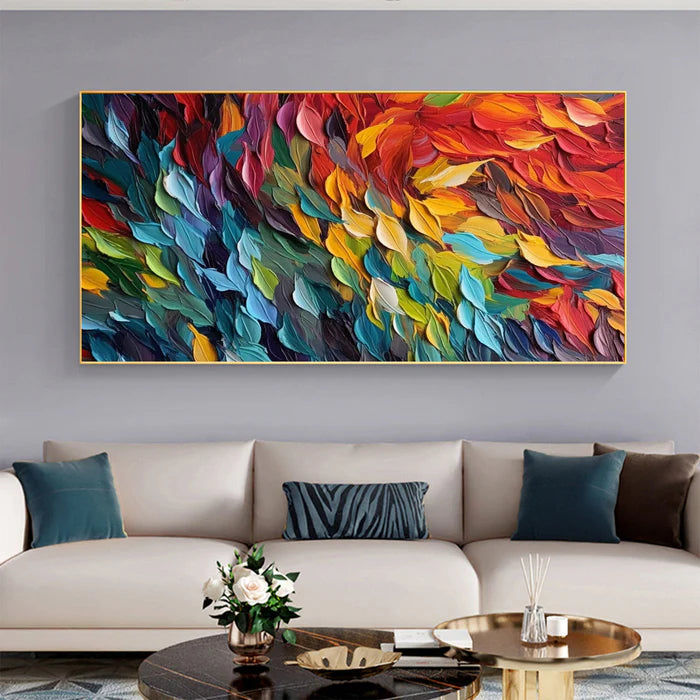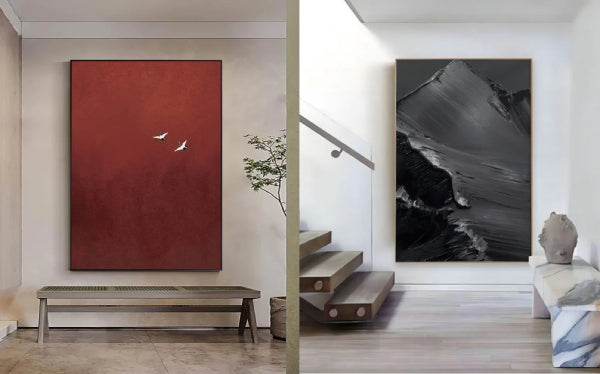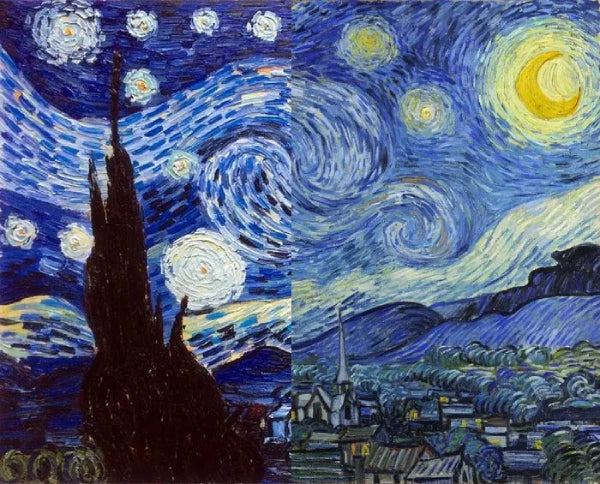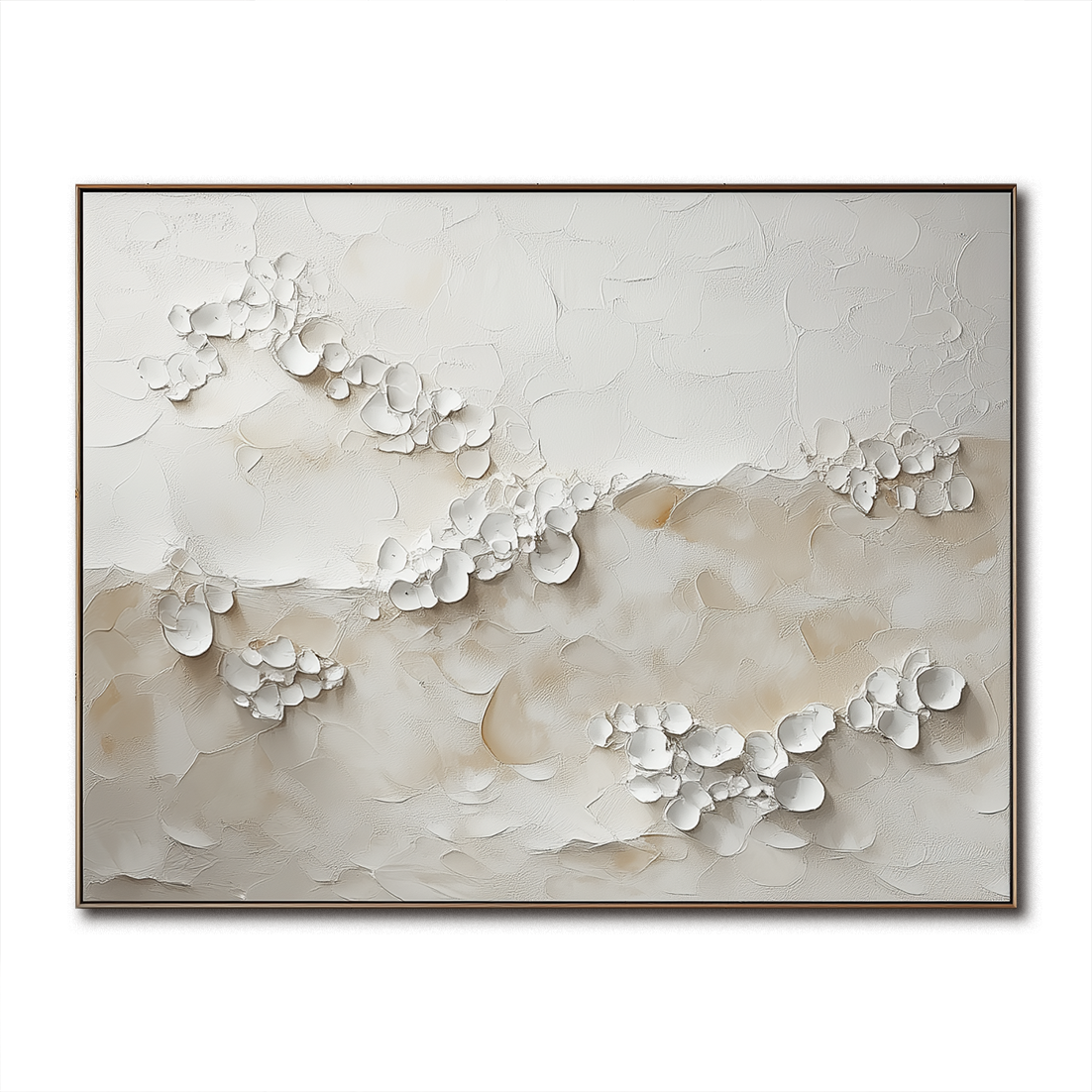Finding Beauty in a Perfectly Imperfect World
In a world that constantly pushes for perfection, there is a quiet rebellion found in an ancient Japanese philosophy. It’s a concept that celebrates the beauty of things as they are: imperfect, impermanent, and incomplete. This is Wabi-Sabi. So, what is wabi sabi style? It's more than just a design trend; it's a mindset that finds profound beauty in authenticity and simplicity. It's about creating a home that feels like a serene sanctuary, not a sterile showroom. This guide will help you understand this philosophy and provide practical wabi sabi decor ideas to bring this calming aesthetic into your life. You can start by .

What is Wabi-Sabi? Understanding the Core Principles
To truly embrace Wabi-Sabi, we must first understand its two core components. This isn't just about aesthetics; it's a deeper way of seeing the world and finding contentment in the natural flow of life.
The Meaning of "Wabi" (Simplicity and Humility)
"Wabi" refers to a sense of rustic simplicity and quietness. It’s the feeling you get from a handcrafted wooden bowl or a simple linen cloth. It's about finding elegance in modesty and appreciating things that are unpretentious and humble. In decor, this translates to uncluttered spaces and a focus on a few, well-loved items.
The Meaning of "Sabi" (The Beauty of Age and Imperfection)
"Sabi" is the beauty that comes with age. It's the patina on old metal, the crack in a ceramic cup, or the weathered grain of reclaimed wood. It celebrates the marks that time, weather, and use leave behind. This appreciation for imperfection is what gives Wabi-Sabi its soulful, authentic character.
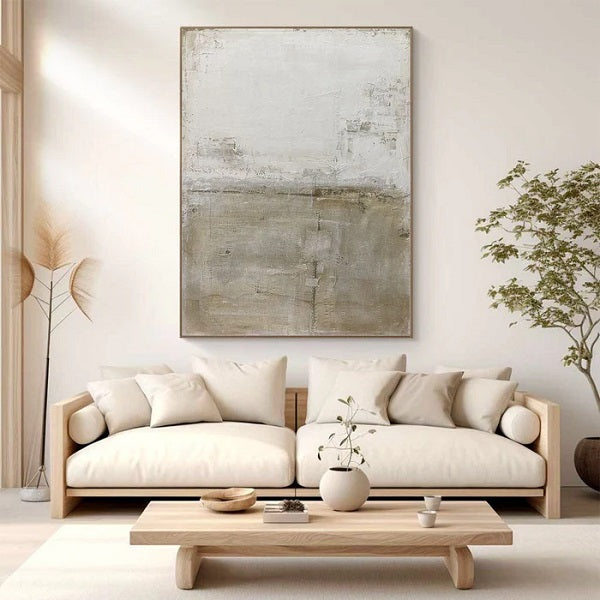
Key Principles: Asymmetry, Roughness, and Simplicity
Three key principles guide the Wabi-Sabi aesthetic. Asymmetry creates a more natural, organic feel, breaking free from rigid, symmetrical layouts. Roughness values textured, unrefined surfaces over smooth, polished ones. And simplicity is about stripping things down to their essential qualities to create a calm, uncluttered environment.
Creating a Wabi-Sabi Home: Practical Decor Ideas
How can you start incorporating this philosophy into your home? It's about making intentional choices that foster a sense of peace and authenticity. Here are some practical ideas to get you started.
Embrace an Earth Tone Color Palette
Wabi-Sabi draws its colors from nature. Think of the soft whites of clouds, the warm beiges of sand, the rich browns of soil, and the muted greens of moss. These earth tones create a soothing and grounded atmosphere. They are the perfect backdrop for a calm and restorative home.
Choose Natural and Organic Materials
Fill your space with natural materials. Choose furniture made of light, unfinished wood. Use textiles like linen, cotton, and wool for throws and curtains. Incorporate elements of stone, clay, and bamboo. These materials connect your home to the natural world and age beautifully over time.
Declutter and Appreciate Negative Space
A Wabi-Sabi home is an uncluttered home. This isn't about stark minimalist emptiness, but about giving each object room to breathe. The empty space, or "negative space," is just as important as the objects themselves. It creates a sense of tranquility and allows you to appreciate each item more fully.
Cherish a Few Meaningful, Imperfect Objects
Instead of filling your home with mass-produced decor, choose a few objects that have a personal story or a beautiful, imperfect character. A handmade ceramic vase, a worn-out vintage book, or a piece of art that speaks to you will bring far more soul to a room than a dozen generic trinkets.
The Soul of Wabi-Sabi: Choosing the Right Textured Wall Art
Art is the soul of a room, and for a Wabi-Sabi interior, the right art is crucial. This is where wabi sabi wall art, particularly pieces with rich texture, becomes the perfect expression of the philosophy.
Why Texture is Essential for a Wabi-Sabi Feel
Wabi-Sabi is a tactile philosophy. It celebrates rough, uneven, and natural surfaces. A piece of textured art on your wall does exactly that. Its three-dimensional surface catches the light in subtle ways and adds a layer of organic complexity that a flat print cannot. It embodies the principle of roughness and imperfection.
Selecting a Minimalist Textured Painting
To align with Wabi-Sabi's love for simplicity, a minimalist textured painting is an ideal choice. These pieces often use a limited color palette and focus entirely on the beauty of the texture itself. A simple, sculptural white or beige piece can add immense depth and character to a room without disrupting its peaceful atmosphere. .
The Role of Earth Tone Abstract Wall Art
An earth tone abstract wall art piece is perhaps the most direct way to bring Wabi-Sabi onto your walls. The natural, muted colors create a calming effect, while the abstract forms encourage quiet contemplation. The combination of earthy colors and physical texture makes for a powerful, serene statement piece.

Wabi-Sabi vs. Minimalism: Understanding the Difference
While they share some visual similarities, Wabi-Sabi and Minimalism are fundamentally different. Understanding this distinction can help you refine your style.

Warmth vs. Coolness
Minimalism often has a cooler, more clinical feel, focusing on clean lines and man-made materials like steel and plastic. Wabi-Sabi, on the other hand, is inherently warm and inviting. It embraces the warmth of natural wood, soft textiles, and the cozy feeling of a well-loved space.
Embracing Imperfection vs. Seeking Perfection
This is the key difference. Minimalism seeks to achieve a kind of visual perfection through precision, symmetry, and flawlessness. Wabi-Sabi finds perfection in the flaws. It celebrates the crack, the wrinkle, and the weathered surface as signs of a life well-lived.
Your Home, A Sanctuary of Serene Imperfection
Wabi-Sabi is an invitation to slow down. It’s a reminder to find joy in the simple, authentic, and imperfect moments of everyday life. By bringing this philosophy into your home, you create more than just a beautiful space; you create a sanctuary for your soul. Which Wabi-Sabi principle resonates with you the most?
Ready to find the perfect piece to begin your journey? and embrace the beauty of imperfection.
FAQ: Common Questions About Wabi-Sabi Decor
Is Wabi-Sabi the same as rustic decor? While they share a love for natural materials, they are different. Rustic decor can sometimes be heavy or cluttered. Wabi-Sabi is more refined and minimalist in its approach, focusing on simplicity and the quiet beauty of each object.
Can my home be colorful and still be Wabi-Sabi? Yes, but the colors should be inspired by nature. Think of the deep blue of the ocean, the rusty red of autumn leaves, or the soft yellow of morning light. The key is to use muted, natural tones rather than bright, synthetic colors.
How can I start incorporating Wabi-Sabi without redecorating everything? Start small. Add a single, beautiful object like a handcrafted bowl or a linen throw. Or, choose one piece of wabi sabi wall art to set the tone for a room. It's about slowly cultivating a feeling, not a complete overhaul.
Where can I find authentic Wabi-Sabi wall art? Finding authentic wabi sabi wall art means looking for pieces that are handmade, use natural tones, and celebrate texture and imperfection. At Artextured, our artists specialize in creating

